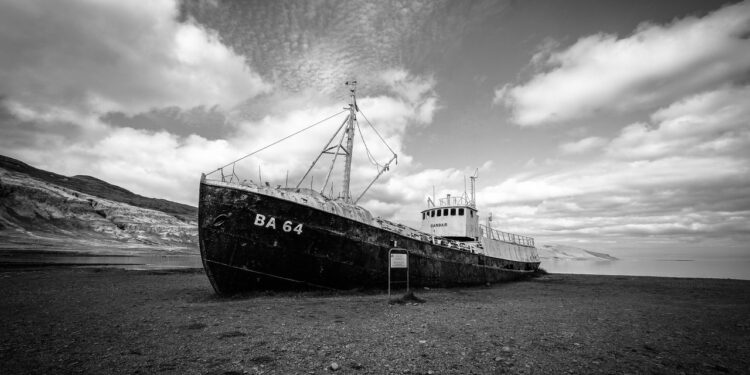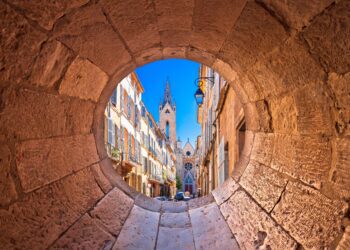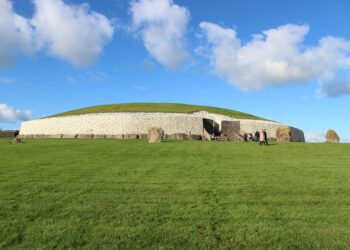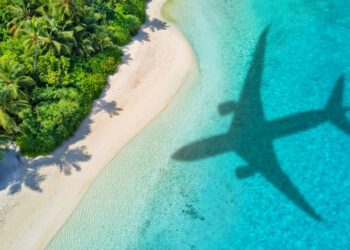The world’s deepest known shipwreck, a World War II US Navy destroyer, has been fully mapped and filmed by a US-based crew.
The ship, the USS Johnston, lies at a depth of 21,180 feet (about 6,500 meters) in the Philippine Sea. Its location has been known for some time, but this is the first time that a crew has been able to map and film the entire wreck site.
Caladan Oceanic, a US-based private company that focuses on ocean expeditions, reached the site for the first time on March 31. Its research vessel, the DSV Limiting Factor, was able to survey the wreck, which was more than 100 feet deeper than previously believed, sitting in the darkness more than four miles below the surface of the Pacific.
Sunk during the Battle off Samar
The USS Johnston was sunk by the Japanese navy on October 25, 1944, during the Battle off Samar. It was one of four naval battles which comprised the Battle of Leyte Gulf, one of the largest battles in the history of naval warfare and engagement and which sounded the death knell of the Japanese navy in World War II, according to the US Naval History and Heritage Command (NHHC).
The Johnston was captained by Cmdr. Ernest Evans, a Native American from Oklahoma. Along with two other US destroyers and four smaller destroyer escorts, Evans led the Johnston in attacking a far superior Japanese force of four battleships, six heavy cruisers, two light cruisers, and 11 destroyers, according to the NHHC.
In an initial encounter, fire from the Johnston knocked out a Japanese cruiser, but the US destroyer was heavily damaged and its ammunition depleted. Evans himself was seriously wounded.
After two-and-a-half hours of fighting, the Johnston was without power and surrounded by Japanese ships. Evans ordered the crew to abandon ship, and it rolled over and sank.
Two of the three ships that followed the Johnston into the Japanese battle line were also sunk, said Carl Schuster, a former Navy captain and Hawaii Pacific University instructor.
“The discovery of the USS Johnston serves as yet another reminder of the heroism and sacrifice of that day in Leyte Gulf 77 years ago,” he said.
Of the Johnston’s crew of 327 men,186 died, including Evans. Evans was posthumously awarded the Medal of Honor, becoming the first Native American in the US Navy to be awarded his country’s highest military honor.












